Kashan is best known for rosewater, handmade carpets, and many tourist attractions. It is about 200 kilometres from Isfahan and about 250 kilometres from Tehran. The earthquake of 1778 destroyed the city, but it was later completely rebuilt. Most tourist sites are located within a 15-minute walking distance. Ameri House, Borujerdi House, Kashan Bazaar, Sultan Amir Ahmad Bathhouse, and Agha Bozorg Mosque are some of the sites in Kashan you should not miss. Check out my full list of places to visit in Kashan.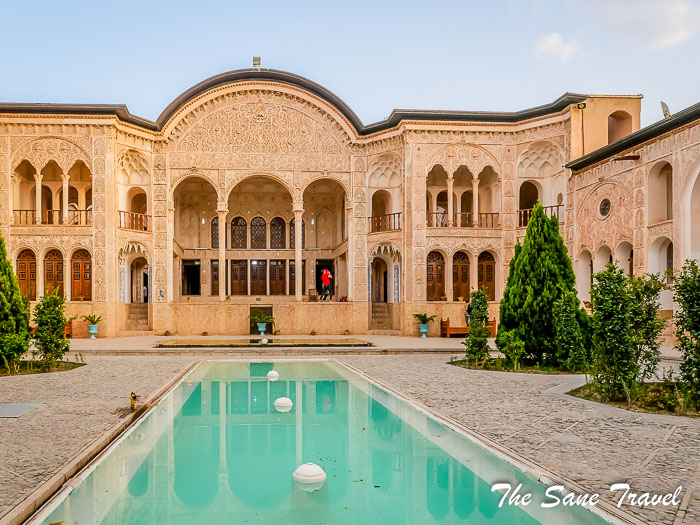
Kamal al Molk Square
Mohammad Ghaffari, who later became known as Kamal-ol-molk, was born in Kashan in the middle of the 19th century. He is a widely acclaimed Iranian painter who introduced the European academic painting style in his country. Thirty-five paintings of Kamal-ol-molk can be found at the Golestan Palace Gallery in Tehran. There is a square named in his honour in Kashan with flowerbeds and busts of other important people of the city. 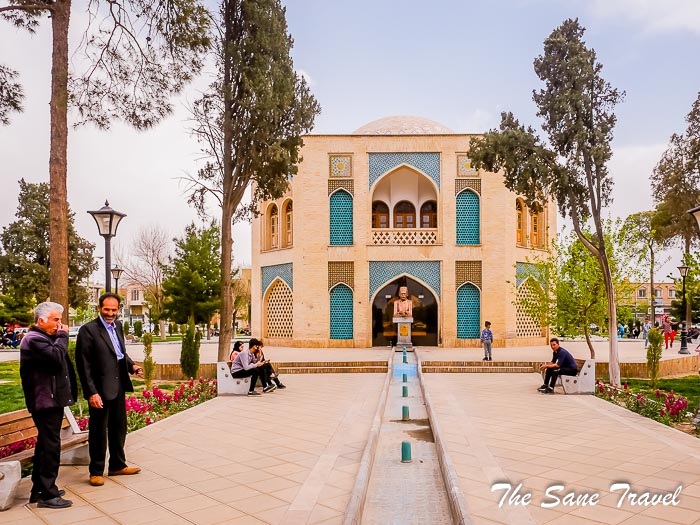
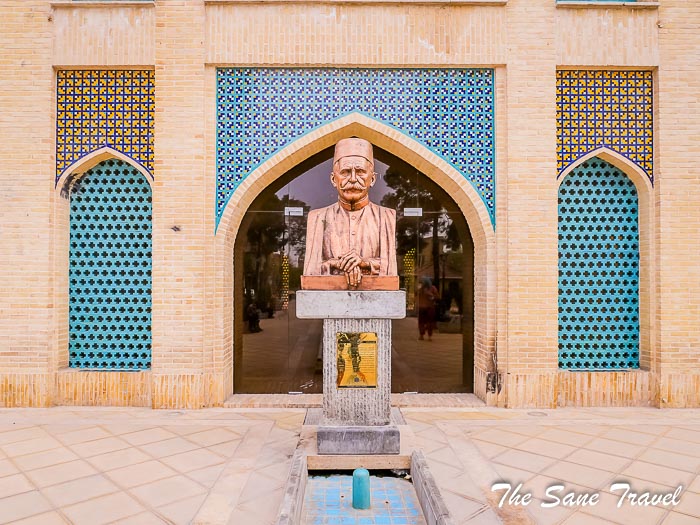 During Nowruz time, many locals have a picnic in the square.
During Nowruz time, many locals have a picnic in the square.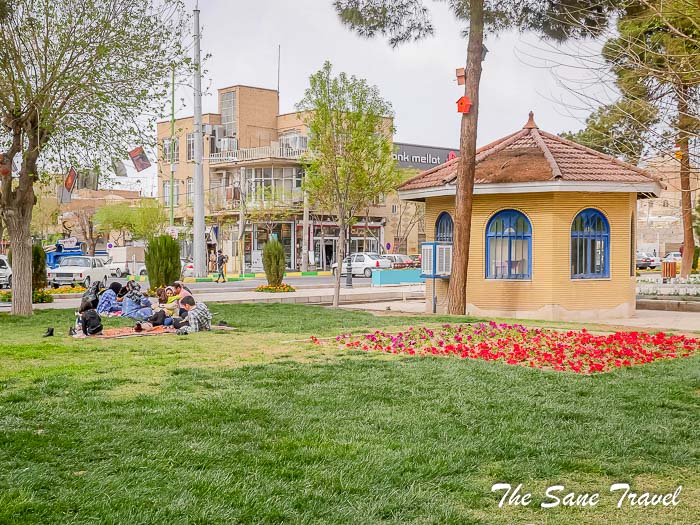
Kashan Bazaar
Kashan Bazaar is located at the heart of the city, next to Kamal al Molk Square. The bazaar was built in the 10th century. It was destroyed by an earthquake in the late 18th century; a new bazaar was built on the ruins of the old one. The historic bazaar complex has three caravanserais, a few mosques and public baths and water reservoirs. Magnificent light wells are a unique feature of this ancient bazaar, which is still in use today. Even though this bazaar is quite large, you will not get lost in its alleyways.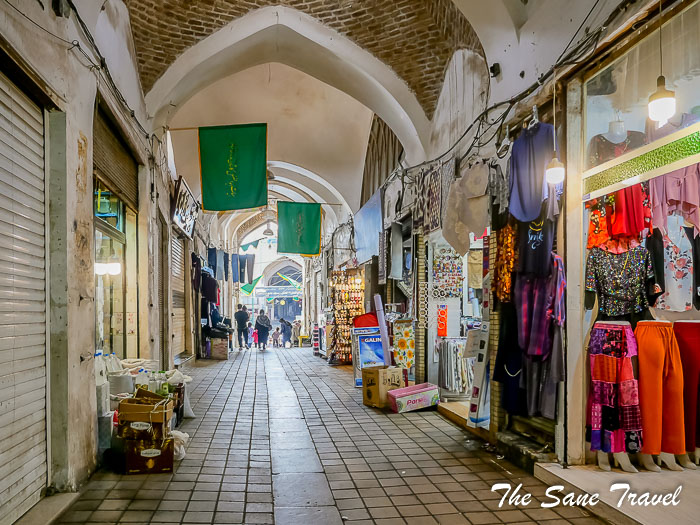
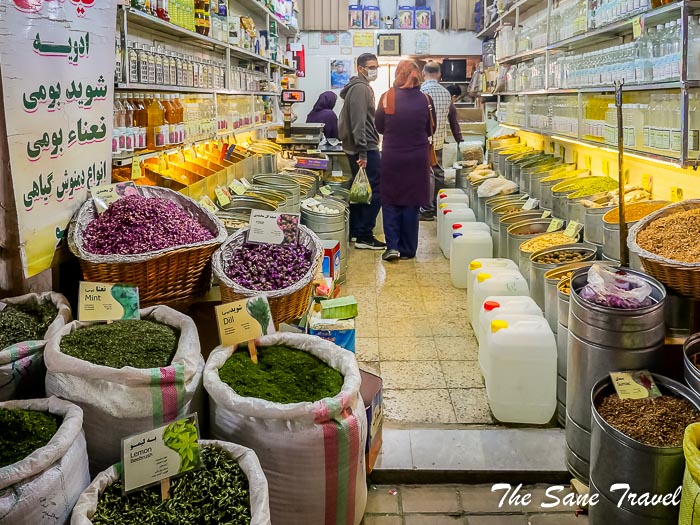
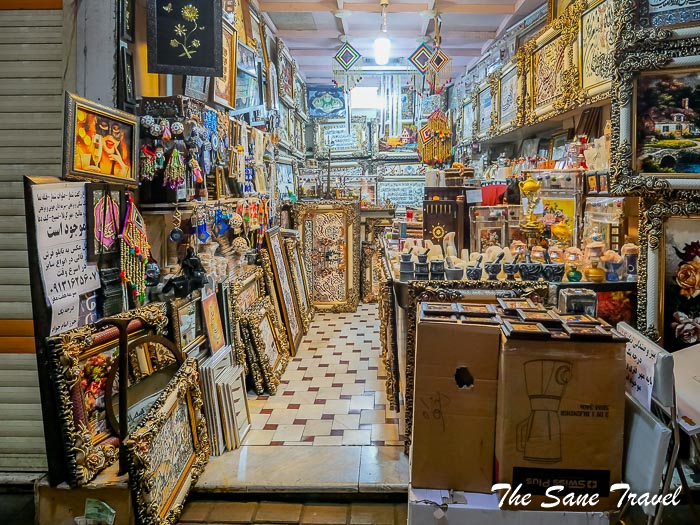 Dried fruits are gathered from the local orchards and sold in shops of the bazaar. Try Kashani biscuits, one of the best in Iran. The coconut macaroons are particularly delicious.
Dried fruits are gathered from the local orchards and sold in shops of the bazaar. Try Kashani biscuits, one of the best in Iran. The coconut macaroons are particularly delicious.
Agha Bozorg Mosque
The Agha Bozorg Mosque is a mosque and madrasa located in the central part of Kashan. The complex is named after theologian Mulla-Mahdi Naraqi II, known as Aqa Buzurg, and it was built in the early 19th century. The mosque was built for holding prayers and preaching sessions carried out by Agha Bozorg. This mosque is one of the finest Islamic complexes in Kashan, known for its marvellous architecture. The entrance to the complex is in the form of an arched, domed, iwan-portal. 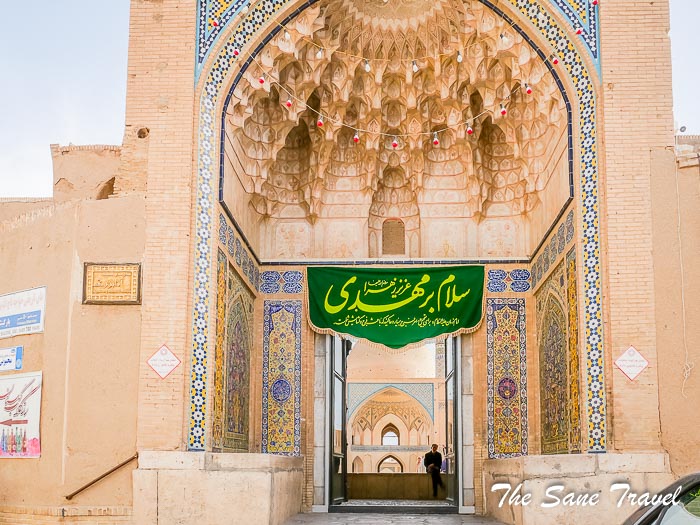 A sunken courtyard built on two levels (ground level and balcony) occupies the centre of the complex.
A sunken courtyard built on two levels (ground level and balcony) occupies the centre of the complex. 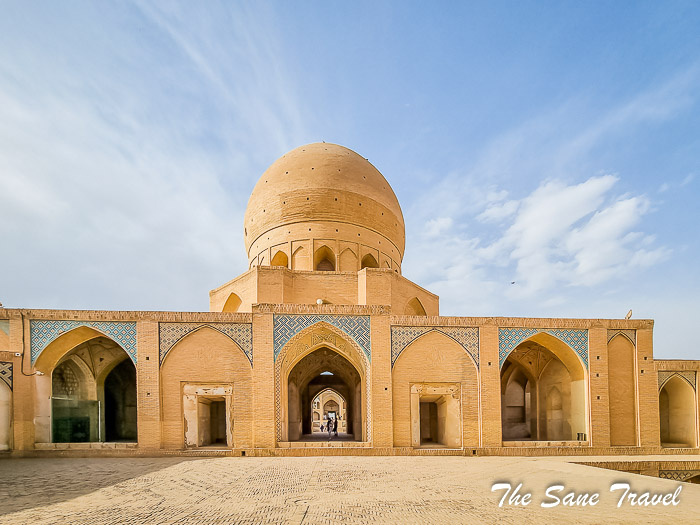
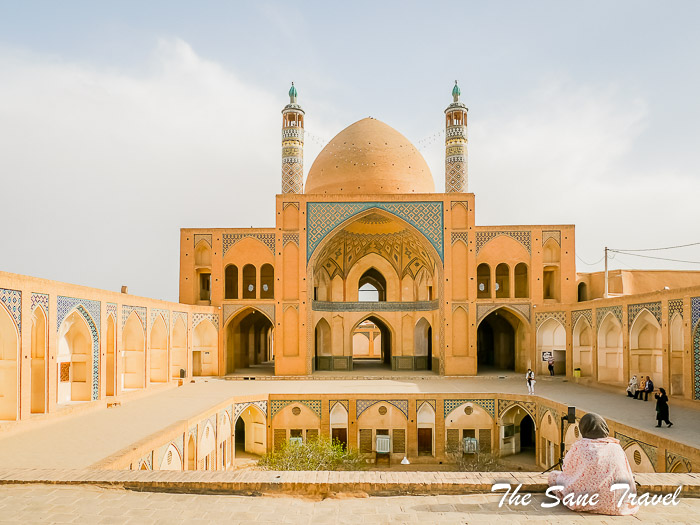 The Agha Bozorg Mosque has four porches, two ornate minarets, a brilliant brick dome, and two large iwans. Three main colours used in this mosque are blue, red and yellow, but a tint of green and black can also be seen.
The Agha Bozorg Mosque has four porches, two ornate minarets, a brilliant brick dome, and two large iwans. Three main colours used in this mosque are blue, red and yellow, but a tint of green and black can also be seen.
Tajaddin Shrine
This shrine is located near the Agha Bozorg Mosque and is free to visit. It is worth a quick look after visiting the mosque. In the western dome of this monument, two grandsons of the seventh imam are buried.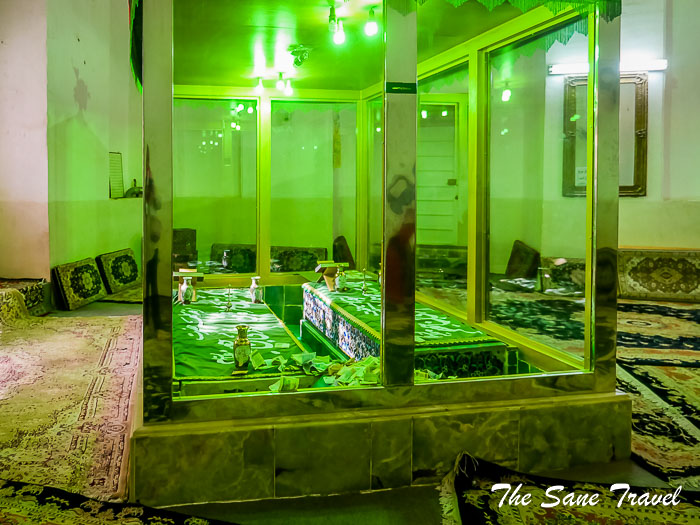 In the eastern dome, the tomb of Ghotb’s Kashani, one of the famous mystics of the 19th century, is located.
In the eastern dome, the tomb of Ghotb’s Kashani, one of the famous mystics of the 19th century, is located.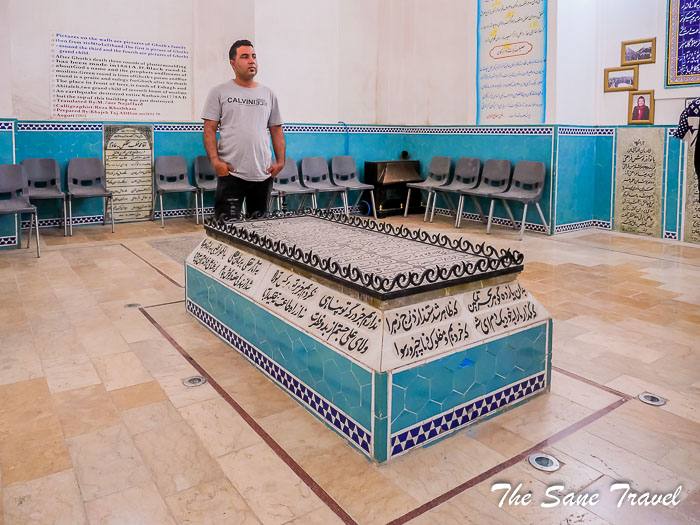 Kashan is a city of historic houses that were built by renowned merchants and businessmen. Fortunately, some of these fantastic houses have been well preserved and are the main tourist attractions of the city.
Kashan is a city of historic houses that were built by renowned merchants and businessmen. Fortunately, some of these fantastic houses have been well preserved and are the main tourist attractions of the city.
Tabatabaee House
Tabatabaee Historical House is a famous Kashan attraction dating back to the 19th century. This house is a magnificent representative of the lavish lifestyle of Kashan. Seyyed Jafar Tabatabaee Natanzi was a famous international carpet merchant from Natanz who was living in Kashan. After many years, the Cultural Heritage Organisation bought the house, and the municipality of Kashan took responsibility for the renovations of the house. This house has three sections, four yards and basements, three wind towers and two qanats.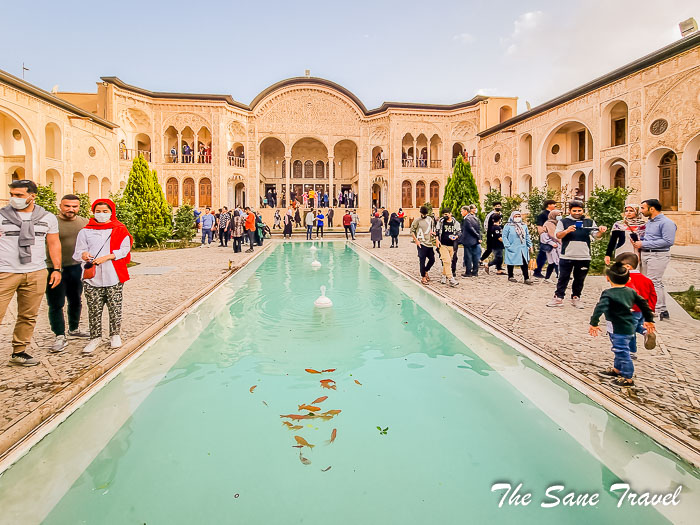
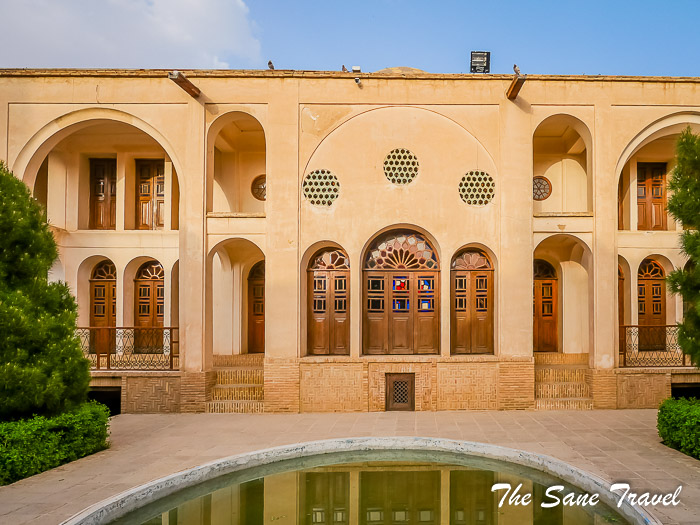
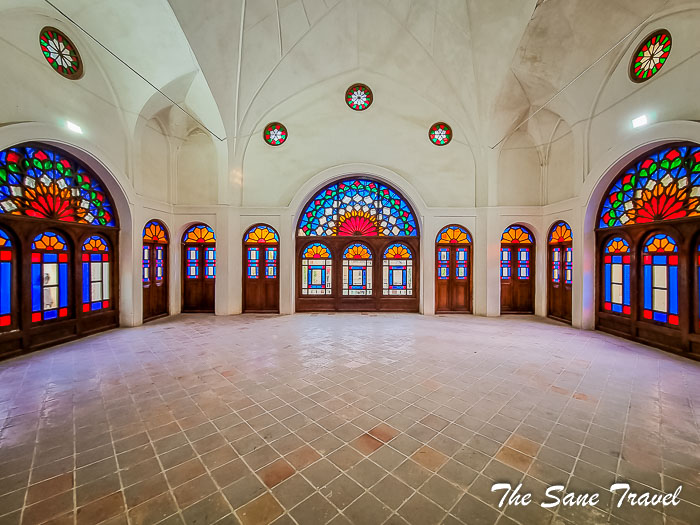
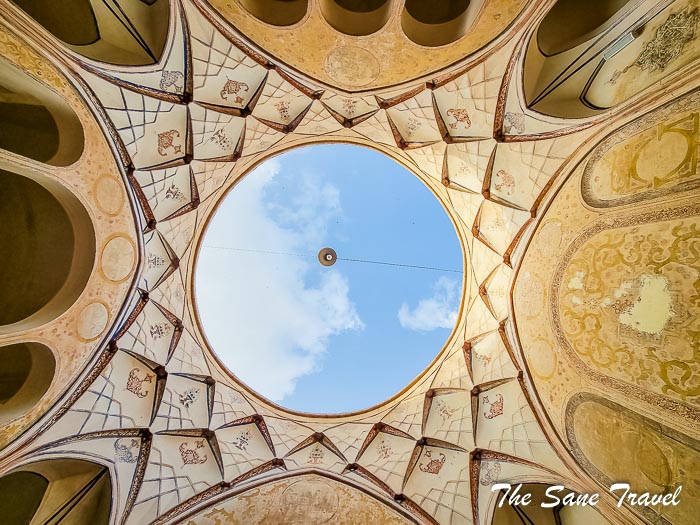
Borujerdi House
Borujerdi House, along with Tabatabaee House and Ameri House, is one of the most popular touristic sites in Kashan. The house is an example of a wealthy Kashan family residence of the 19th century. It was built in 1857 by Seyyed Mehdi Borujerdi, a merchant from Kashan. Seyyed fell in love with a girl from the affluent Tabatabaee family. To impress her family, the merchant dedicated this house to the girl, who became his wife. The construction took 18 years and was done by 150 craftsmen. Borujerdi House has two sections: public area and private quarters. The only part shared between the two is the main portal and the entrance vestibule. 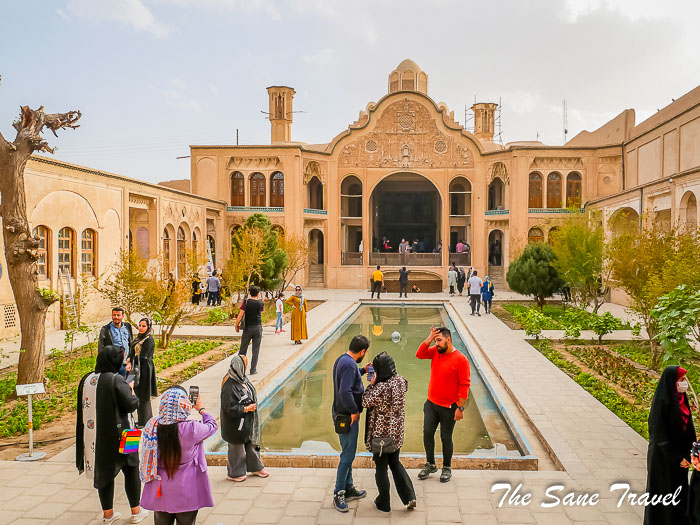
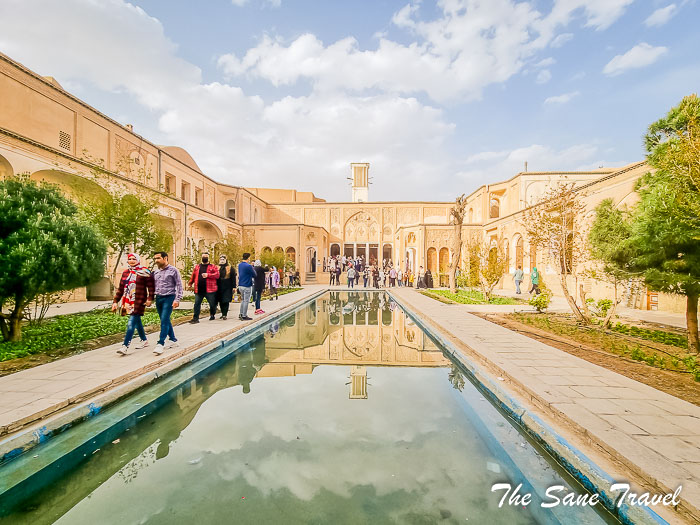
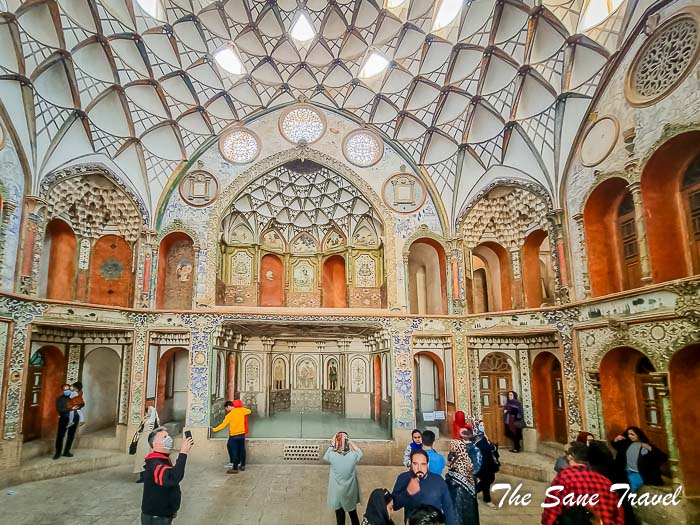
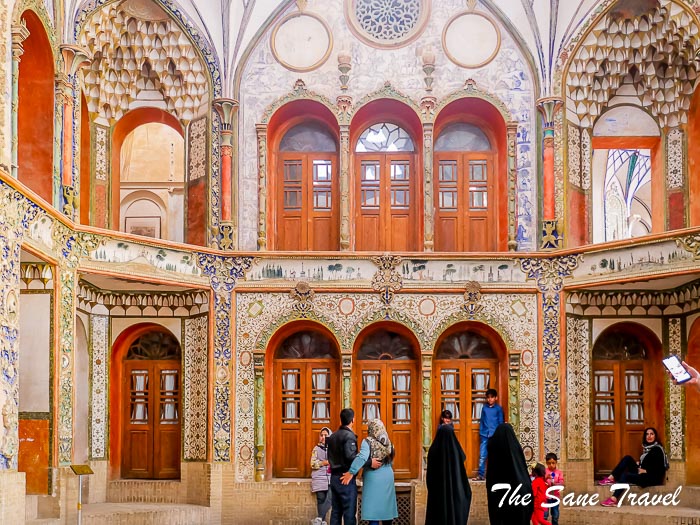 The southern part has a central courtyard and a large reception hall with mirrorwork, and on both sides of the hall, there are balconies that open to the courtyard. There is a fountain pool in the centre of the yard, surrounded by trees and flowerbeds. The northern part has a backyard, a modest five-door chamber, a closet room, a living room, and a large basement. The building has three 40-metre tall wind towers. The house is decorated with stucco, glasswork and mirrorwork and features frescoes by prominent Kashan painter Kamal-ol-Molk.
The southern part has a central courtyard and a large reception hall with mirrorwork, and on both sides of the hall, there are balconies that open to the courtyard. There is a fountain pool in the centre of the yard, surrounded by trees and flowerbeds. The northern part has a backyard, a modest five-door chamber, a closet room, a living room, and a large basement. The building has three 40-metre tall wind towers. The house is decorated with stucco, glasswork and mirrorwork and features frescoes by prominent Kashan painter Kamal-ol-Molk.
Saraye Ameriha Boutique Hotel in Ameri House
The Ameri family house is a traditional Persian house, originally built in the second part of the 18th century. The house was built by Agha Ameri, the governor of Kashan, who made a fortune provisioning The Shah with weapons and maintaining security on the route between Tehran and Kerman. The house was in decay until 1999 when restoration work began. The Ameri House complex has various sections, including 85 rooms and seven courtyards because seven independent families used to live there.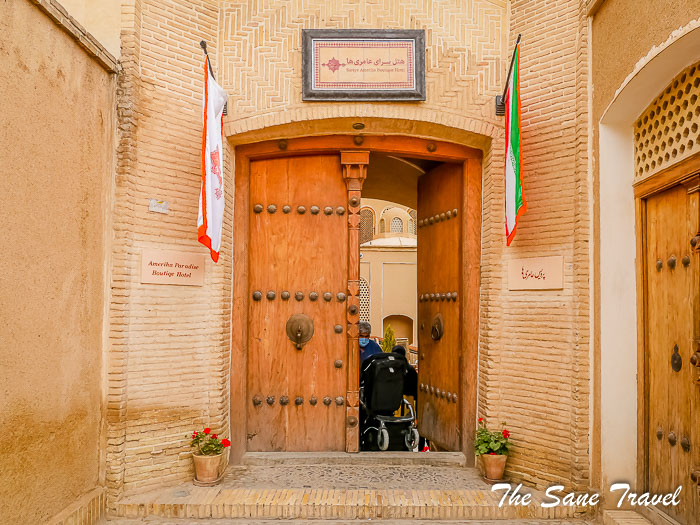
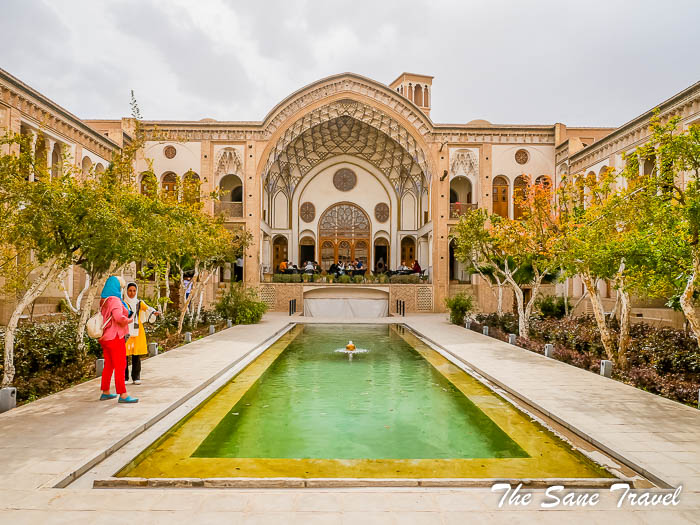
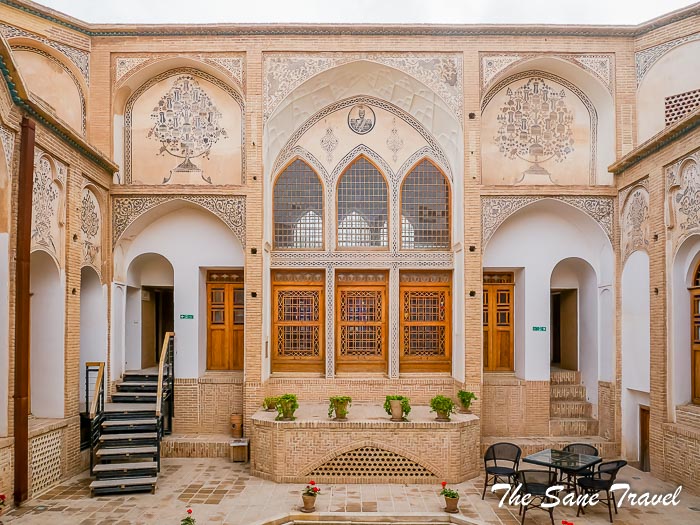
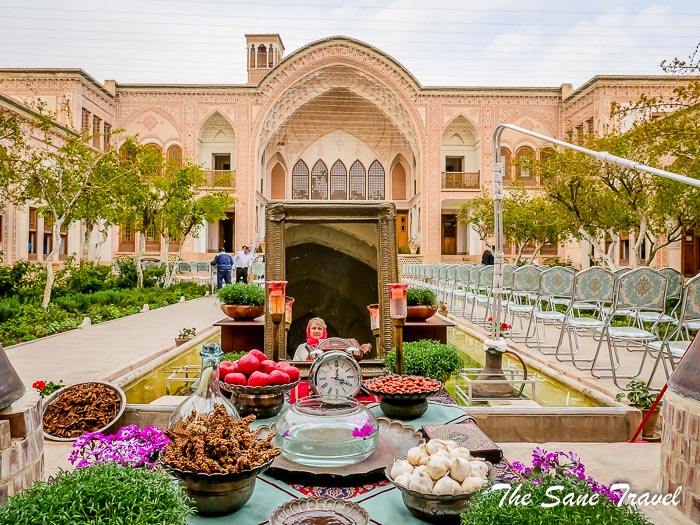 Two bathhouses are within its walls. Ameri House is not only a historic mansion but also is recognised as one of the best traditional hotels in Iran, with high-quality services and facilities. It attracts a lot of guests both as a tourist site and a luxury hotel. The house also hosts a museum and several halls to visit, souvenirs and handicraft shops, and a traditional restaurant and tea house.
Two bathhouses are within its walls. Ameri House is not only a historic mansion but also is recognised as one of the best traditional hotels in Iran, with high-quality services and facilities. It attracts a lot of guests both as a tourist site and a luxury hotel. The house also hosts a museum and several halls to visit, souvenirs and handicraft shops, and a traditional restaurant and tea house.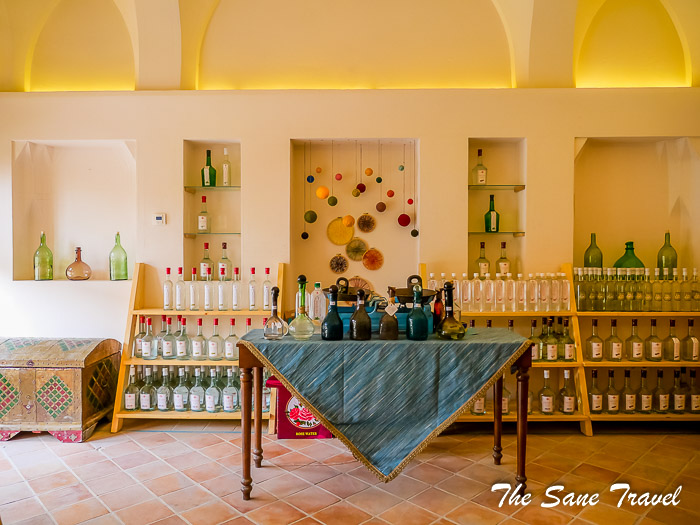
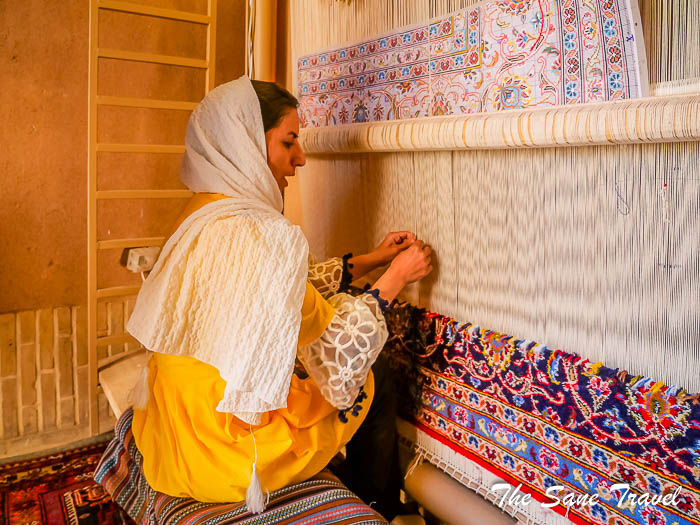 There are lovely ponds that cool the courtyard in the summer.
There are lovely ponds that cool the courtyard in the summer.
Mirrors Hall Restaurant
Ameri House beauty lies in Mirrors Hall Restaurant. The restaurant has a high carved ceiling and mirrored walls, and the light that shines through the coloured windows creates a dreamy and unforgettable image. 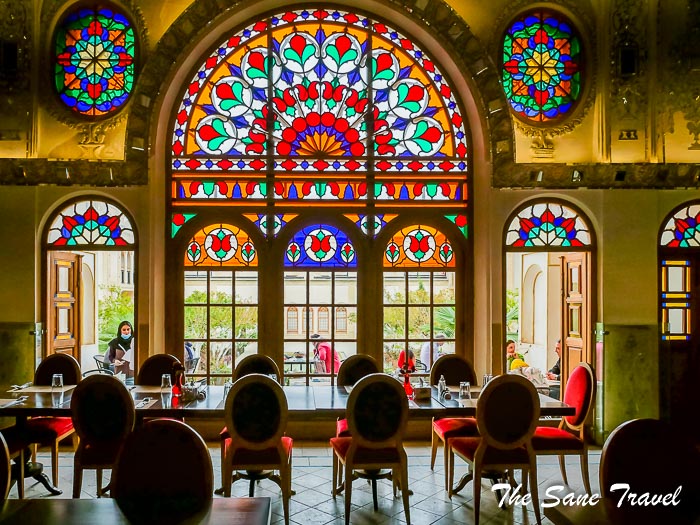
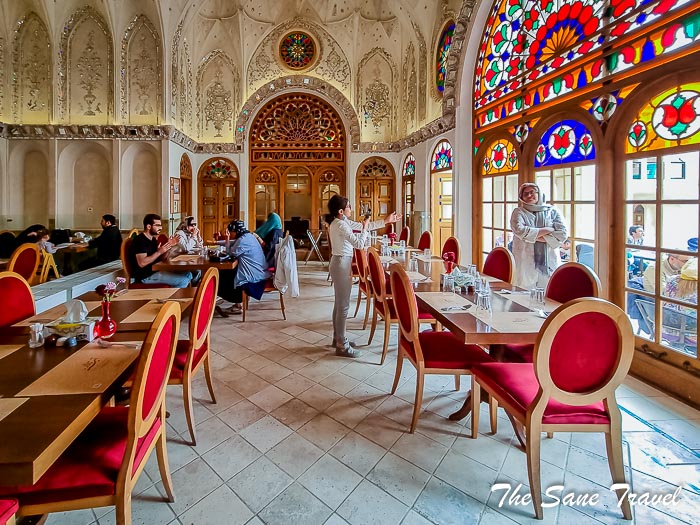
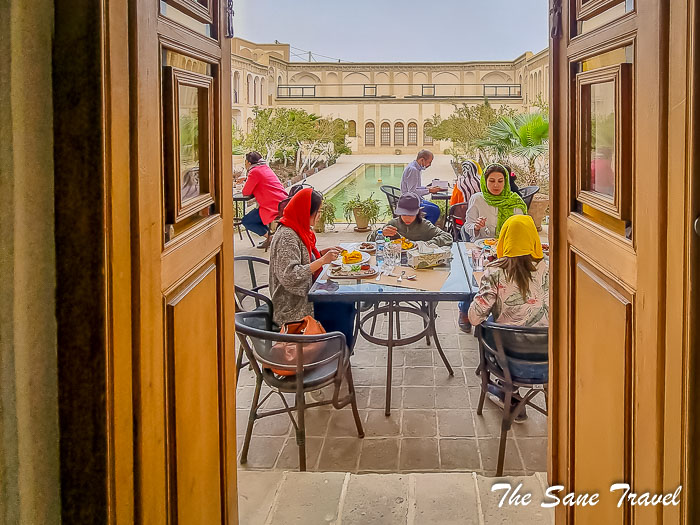 If you have time, I recommend having lunch or dinner there for a unique experience.
If you have time, I recommend having lunch or dinner there for a unique experience.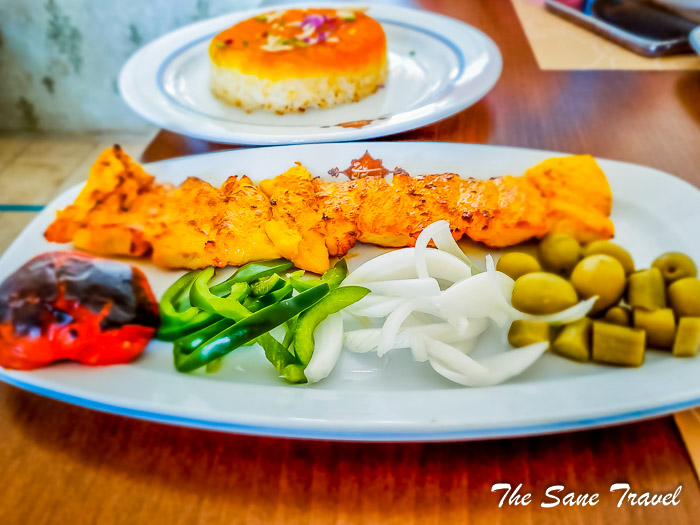
Negin House Hotel
The Negin House Complex is situated in the Old Town quarter of Kashan. The complex was built during the Qajar era. It was renovated and became a traditional hotel in 2013. 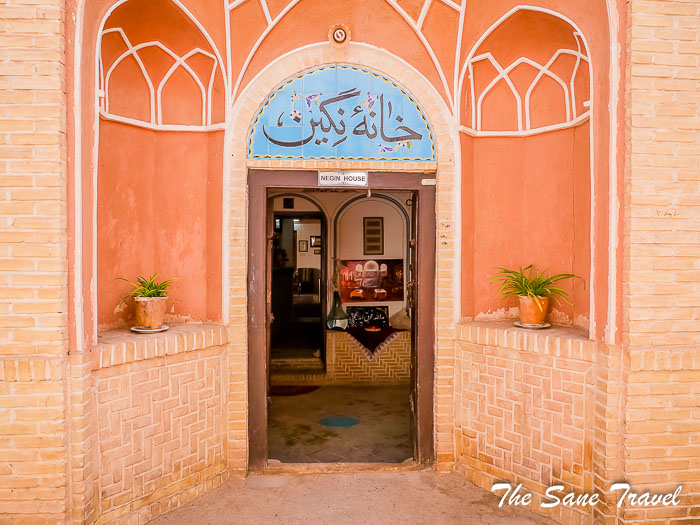 The hotel consists of several adjacent and connected houses, including 41 rooms and four courtyards.
The hotel consists of several adjacent and connected houses, including 41 rooms and four courtyards. The main courtyard is fully covered to protect against heat, cold, and desert dust. It is worth noting that the breakfast restaurant is in the main courtyard, where the guests can enjoy their meal and listen to birdsong. Even if you do not plan to stay at the hotel, go inside and look around. It is beautiful!
The main courtyard is fully covered to protect against heat, cold, and desert dust. It is worth noting that the breakfast restaurant is in the main courtyard, where the guests can enjoy their meal and listen to birdsong. Even if you do not plan to stay at the hotel, go inside and look around. It is beautiful!
Sultan Amir Ahmad Historic Bathhouse
Sultan Amir Ahmad Bathouse is only a short walk away from the famous Borujerdi House. This bathhouse has an area of 1,000 square metres. With its unique design and artwork, it is one of the main attractions in Kashan. It is a traditional Iranian bathhouse used by local people and travellers alike in the past. The construction of this bathhouse took place in the 16th century. An earthquake in 1778 damaged the building; later, renovation work was carried out. Characterised by vaulted ceilings, exquisite mosaics and paintings, this gorgeous structure is one of the most beautiful and best-preserved historic bathhouses in Iran today. 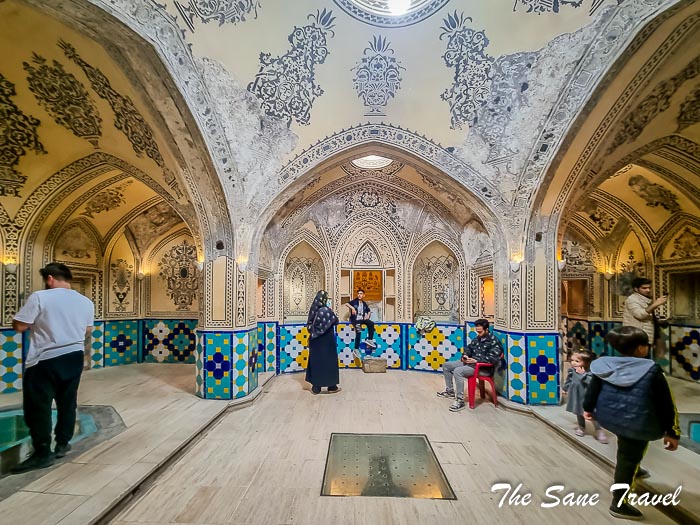
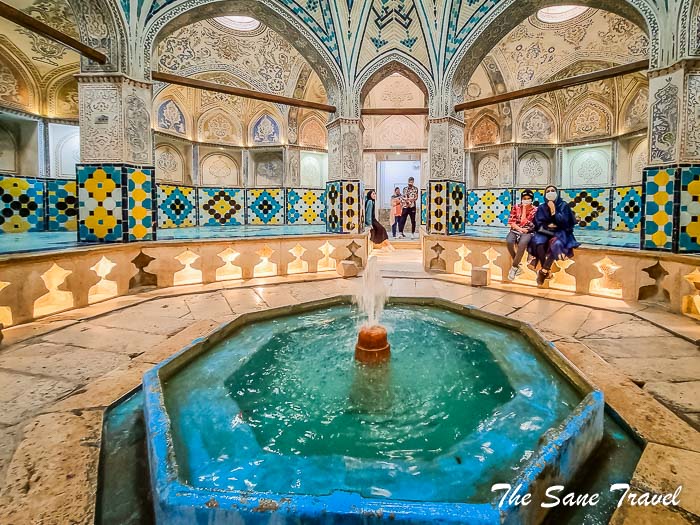
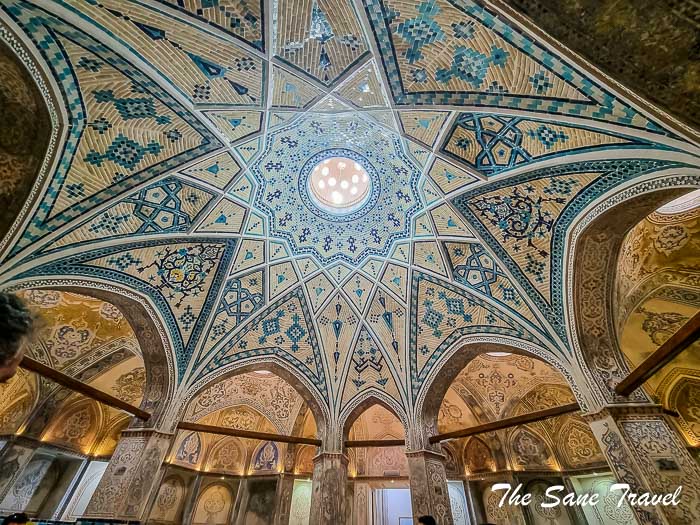 The bath is decorated with amazing ornamental tiles, some of which are turquoise and gold. The hammam has two main parts, Sarbineh (the dressing hall) and Garmkhaneh (the hot bathing hall).
The bath is decorated with amazing ornamental tiles, some of which are turquoise and gold. The hammam has two main parts, Sarbineh (the dressing hall) and Garmkhaneh (the hot bathing hall).
Old Citadel Walls
The Ghaleh Jalali Citadel around Kashan was built in the 11th century for defence purposes. This complex had a significant role in the safety of the city throughout its history. Nowadays, the Jalali Citadel Walls are an iconic element of the surrounding landscape. The Mud Citadel Walls are surrounded by flowerbeds of Mellat Park. If you are brave, you can walk on the top of the walls and have nice views of Kashan.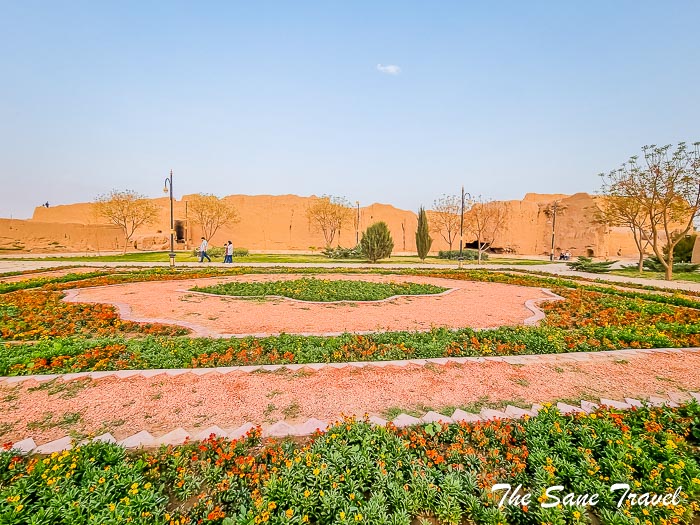
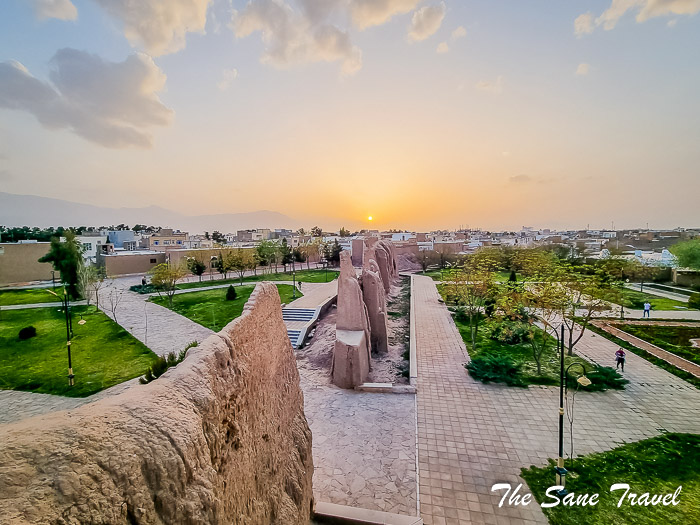

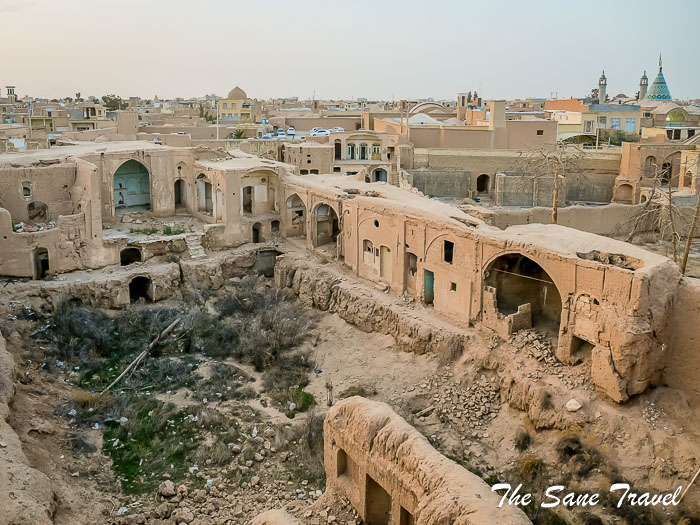 There are few sites very close to Kashan not to be missed when visiting this city, including Sialk Hills, Fin Garden, and Nushabad Underground City.
There are few sites very close to Kashan not to be missed when visiting this city, including Sialk Hills, Fin Garden, and Nushabad Underground City.
Sialk Hills
Sialk Hills is a large ancient archaeological site located in the suburb of Kashan. French archaeologist Dr Ghirshman estimates that the Sialk civilisation dates back to more than 10,000 years ago. Sialk was occupied almost continuously for several thousand years. It has yielded, layer by layer, a hoard of cultural artefacts, particularly painted pottery, from which it has been possible to work out in remarkable detail the chronology of the cultural development of this part of the Iranian Plateau. Sialk Hills also had a religious place, a Ziggurat with three floors made of clay. Every generation buried their ancestors in a basement, the corpses buried in squatting position with their ornamental objects. Most of the excavated objects are now in the Louvre Museum in Paris, the Archaeological Museum in Tehran, and Fin Garden Museum. Still, you can see some of them in the Sialk Hills exposition.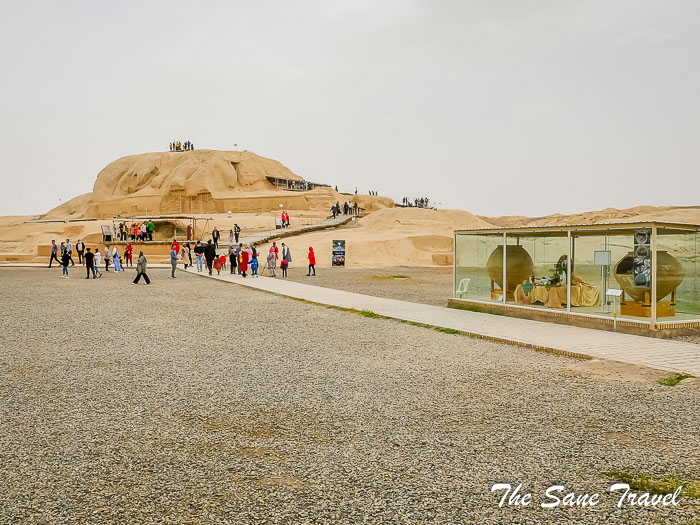
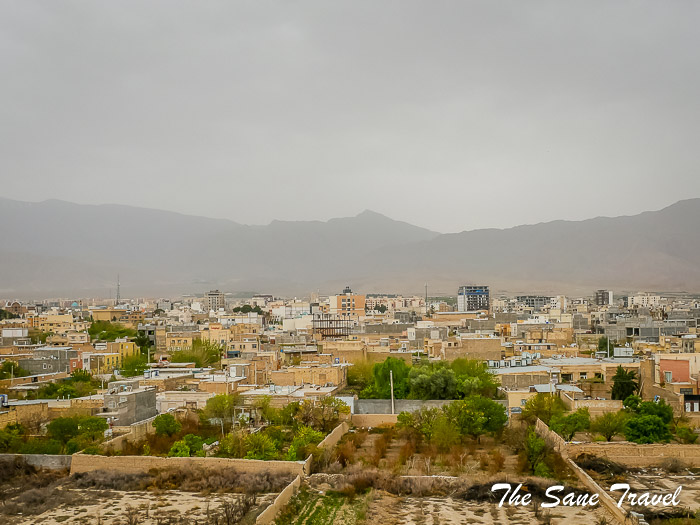
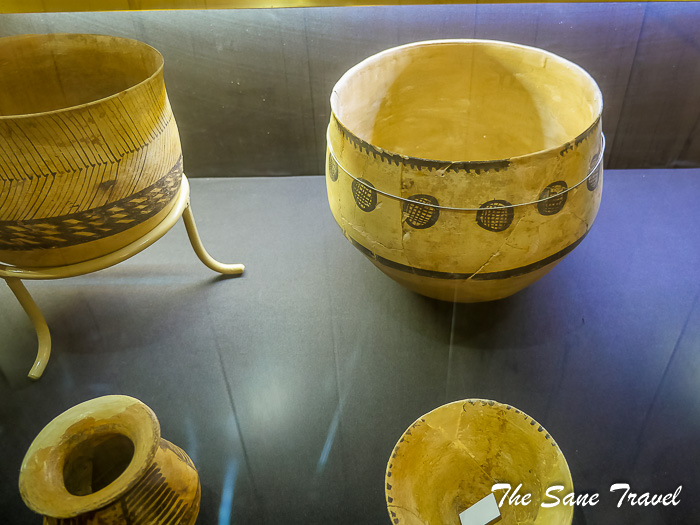
Fin Garden
A few kilometres southwest of Kashan, in the small village of Fin, is one of Iran's most famous Persian gardens, the Bagh-e Fin. It is a pleasant spot to relax in the shade after a long trip through the sand and heat of the desert. It was registered as one of the nine Iranian Persian Gardens by UNESCO in 2011. Fin Garden has witnessed some of the most important social and political events in Iran. Some of them are the celebrations and ceremonies of Safavid kings and the murders of rulers of Kashan. The original Fin Garden is believed to date back to a thousand years ago. The garden we know today was built under the reign of Shah Abbas l of Safavid in 1579, replacing the old garden. The garden comprises a large quadrangle of trees and shrubs surrounded by various pavilions and a high wall. 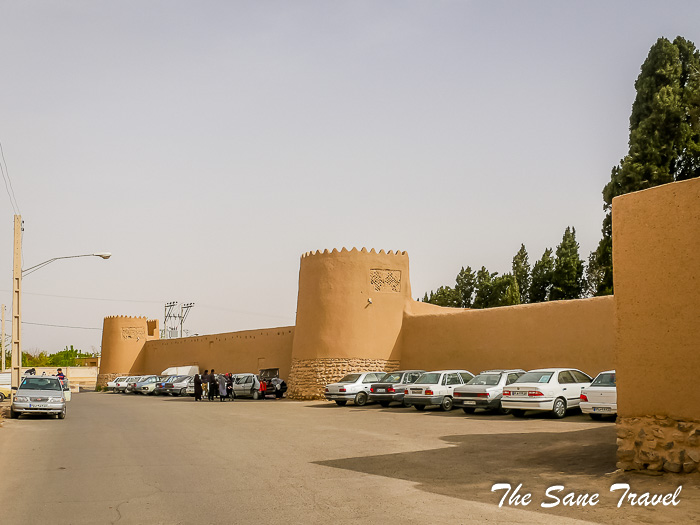
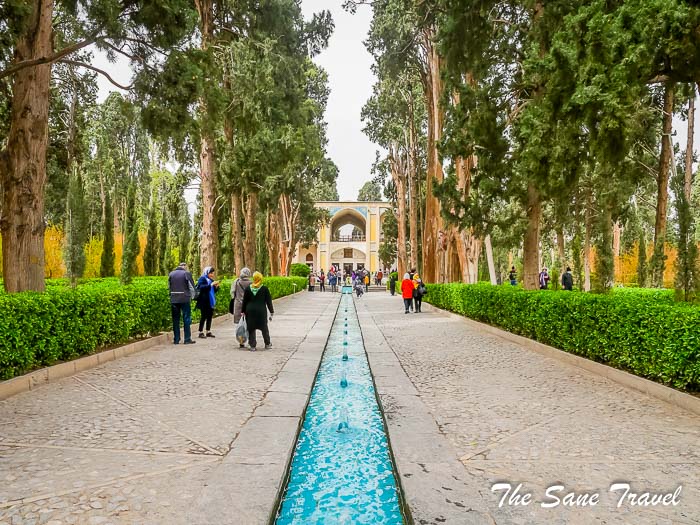
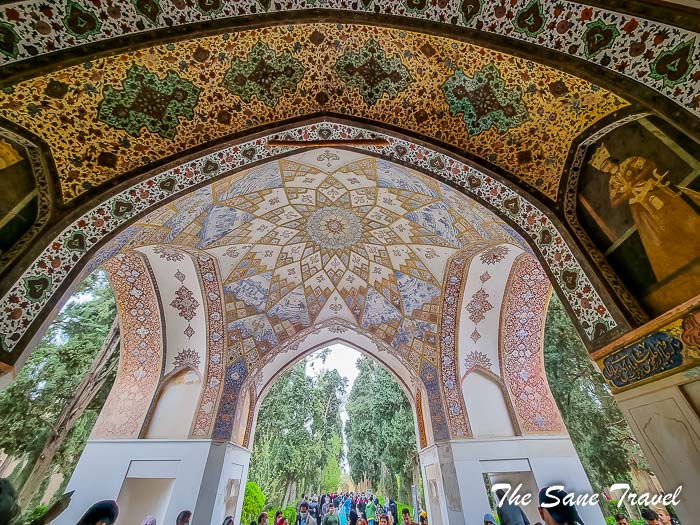
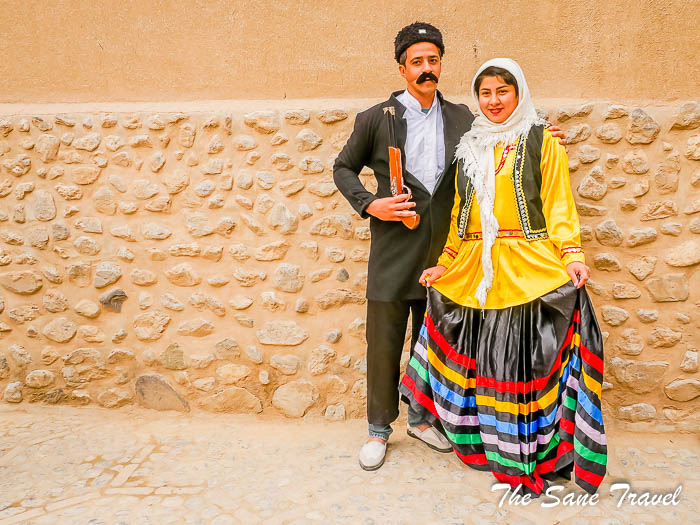
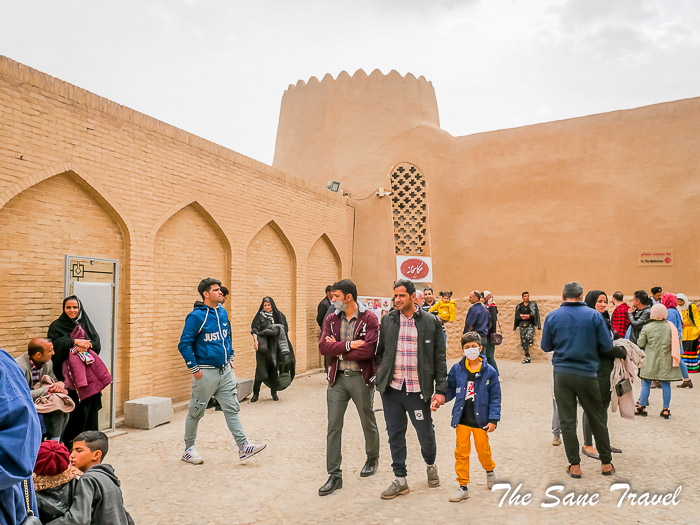 The Safavid Pavilion, or the central mansion of the garden, has been designed to provide a view of the garden on each side. Although the garden appears lush, the site is mainly surrounded by desert. The water found in the garden originates in the aquifers of the nearby Karkas Mountains. One of the engineering wonders of Fin Garden is the management of water flow. The water flows through the canals and fountains only by natural slope and not using a power source. There are two bathhouses in this garden. The National Museum of Kashan is located in the garden, so visitors have the chance to visit both Fin Garden and the museum during their visit.
The Safavid Pavilion, or the central mansion of the garden, has been designed to provide a view of the garden on each side. Although the garden appears lush, the site is mainly surrounded by desert. The water found in the garden originates in the aquifers of the nearby Karkas Mountains. One of the engineering wonders of Fin Garden is the management of water flow. The water flows through the canals and fountains only by natural slope and not using a power source. There are two bathhouses in this garden. The National Museum of Kashan is located in the garden, so visitors have the chance to visit both Fin Garden and the museum during their visit.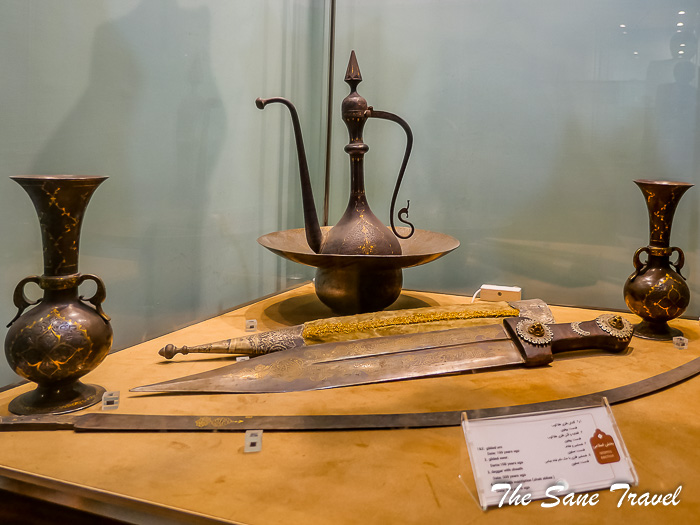
Noushabad Underground City
The fascinating Underground City of Noushabad is situated eight kilometres to the north of Kashan. It was discovered by accident in 2006 when a local man was digging a well in the yard of his house and came across the labyrinth of chambers below. This 1500-year-old labyrinth network is located 3 to 18 metres underground and has been used as a safe shelter for centuries. This shelter was made in such a way that inhabitants could live there for several days. This city has two main entrances; one of them is hidden in a water cistern. Carved chambers, tunnels, stairs, air ducts, and canals are architectural and engineering marvels of ancient times.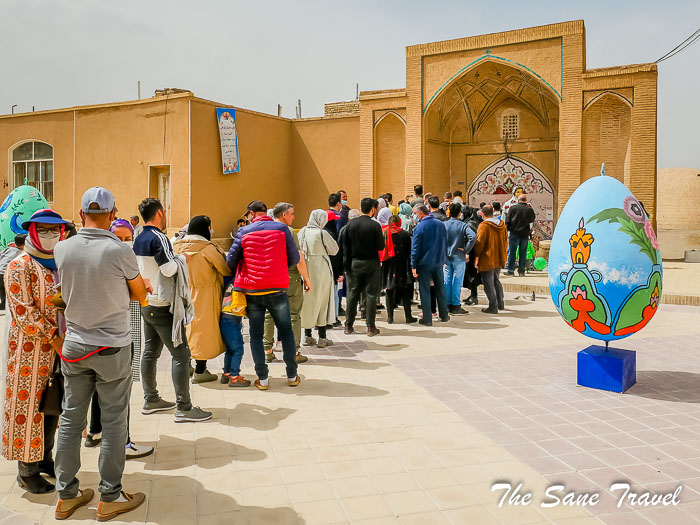
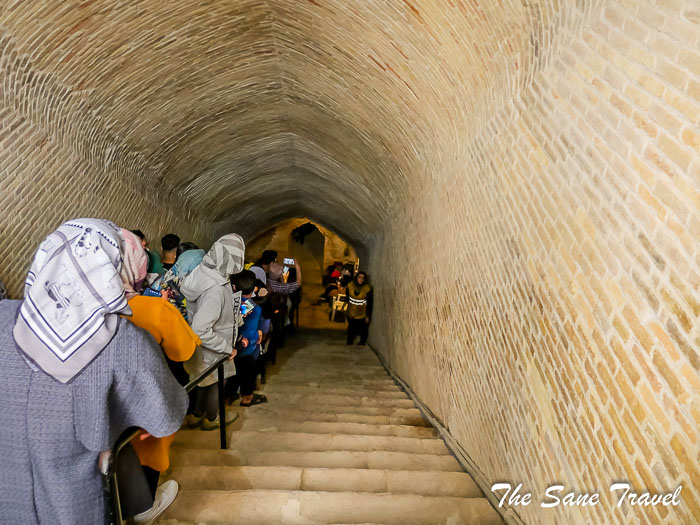
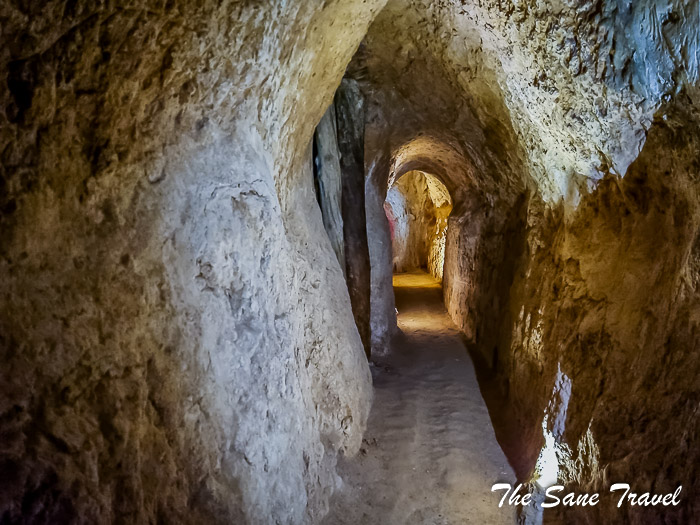
Where to stay in Kashan? My choice was Manouchehri House Hotel.
Manouchehri House Hotel
The Manouchehri Boutique Hotel is situated in Kashan’s historic residential neighbourhood. This private residence has been brought back to life with the highest standards of historic preservation and modern amenities. 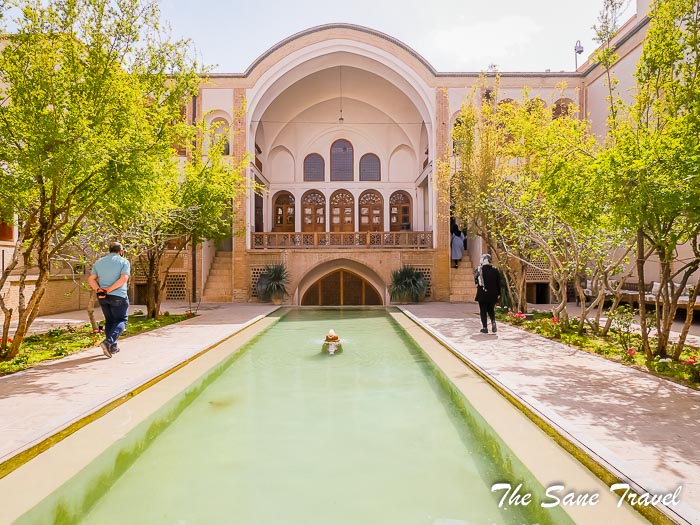 This hotel has two buildings: the Qajar building and the Pahlavi building. Private guest rooms with unique architectural details surround a peaceful courtyard that features a reflecting pool flanked by gardens with local fruit trees.
This hotel has two buildings: the Qajar building and the Pahlavi building. Private guest rooms with unique architectural details surround a peaceful courtyard that features a reflecting pool flanked by gardens with local fruit trees.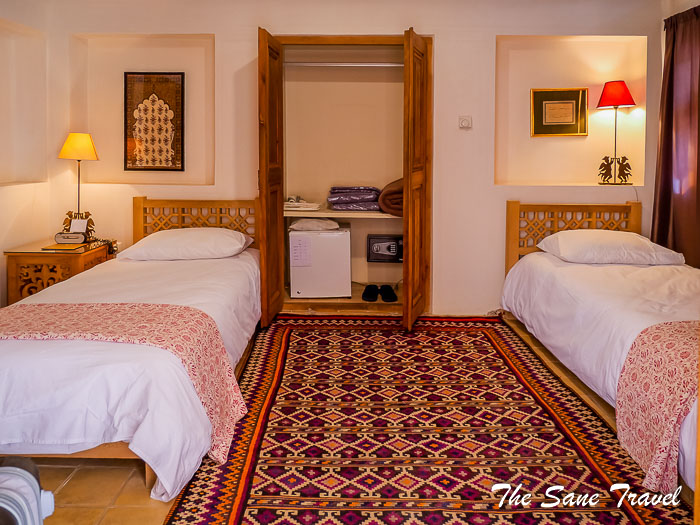
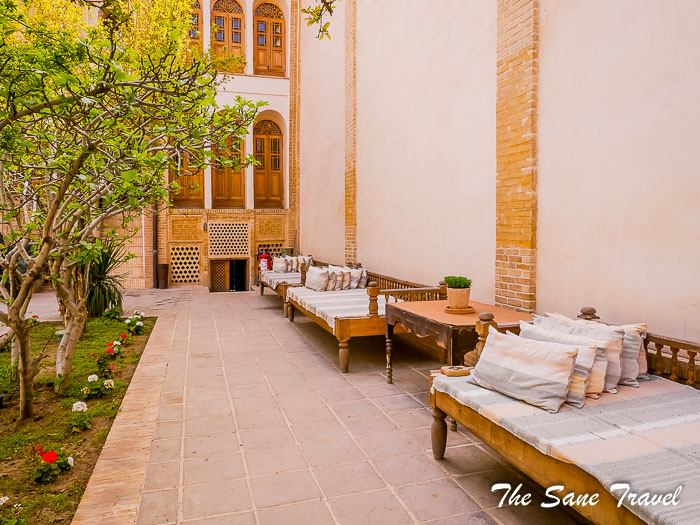 A beautiful dining room serves complimentary breakfast.
A beautiful dining room serves complimentary breakfast.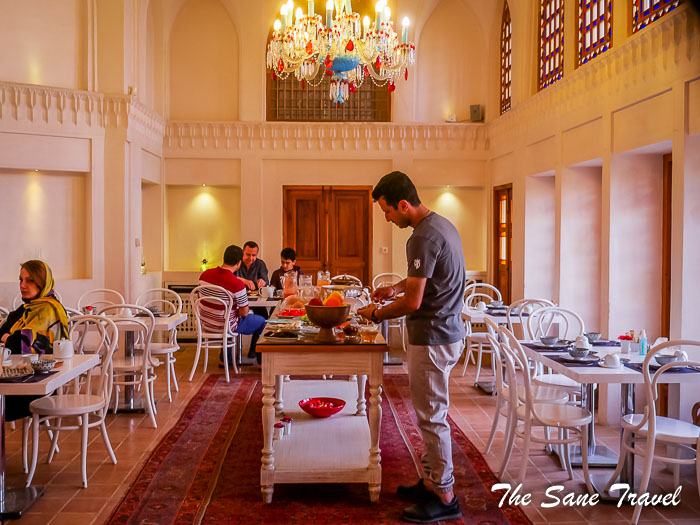
Like it? Pin it!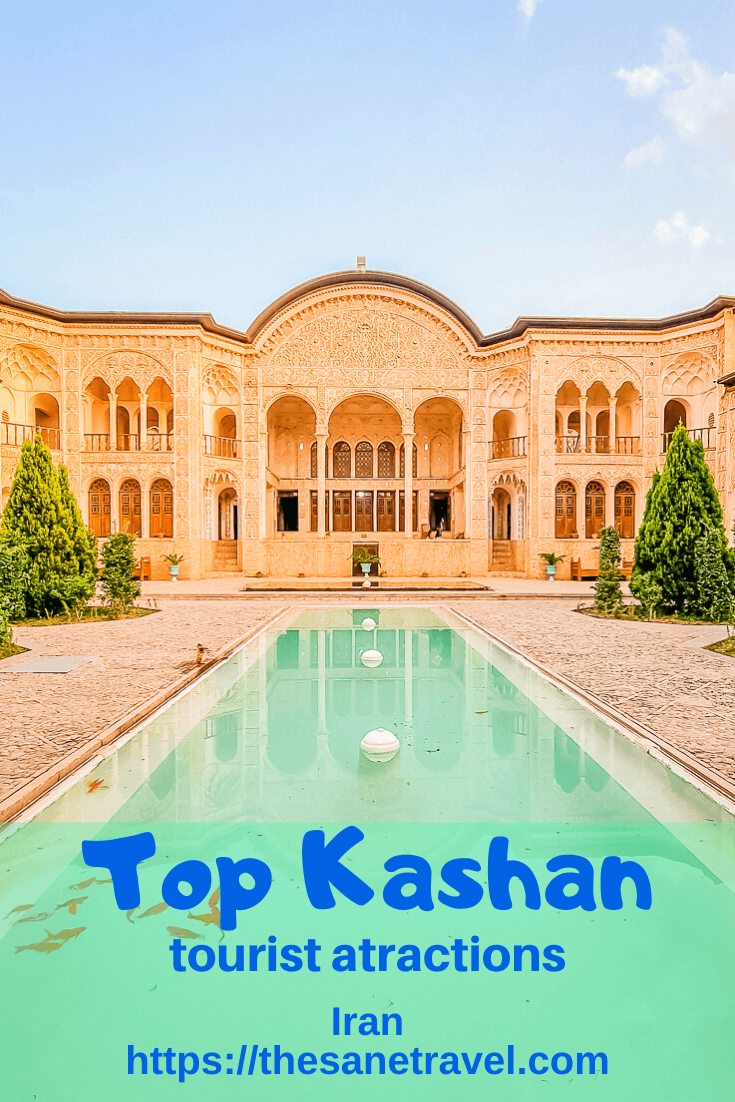
What did you think? Have you visited Iran and Kashan? I’d love to hear from you so please add your comment below.
Author:Anita Sane

About the author
Anita is a part-time traveller, passionate photographer and a retired career woman from Latvia, travelling mostly solo for more than 15 years. She is a skilled travel planner who plans and executes her travels by herself. Anita wants to show you how to travel the world and open your mind to new experiences. Follow her on Facebook, Instagram, Pinterest, Twitter and Bloglovin.






Is all of Iran as colorful as Kashan?
Thank you very much
Report
My comments